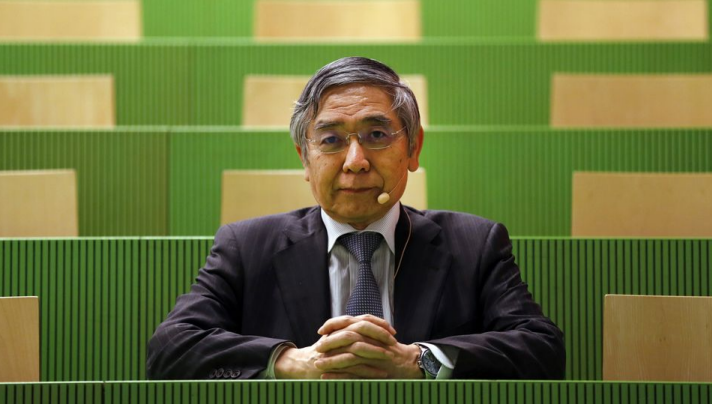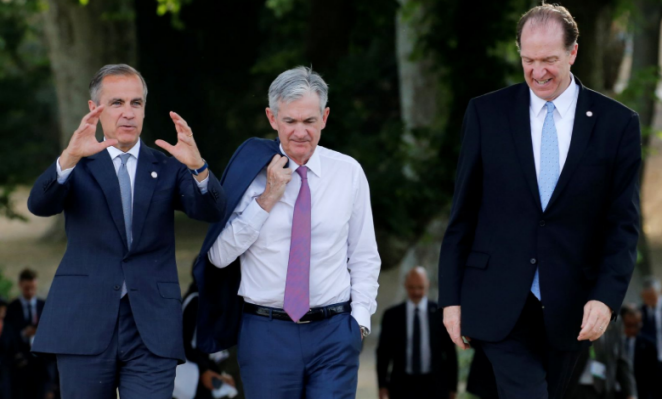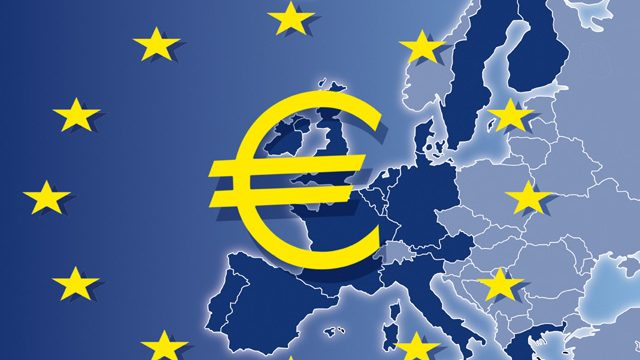The meeting will begin at 0000 GMT

- BOJ calls for unscheduled monetary policy meeting on 22 May

The Bank of England is looking more urgently at options such as negative interest rates and buying riskier assets to prop up the country’s economy as it slides into a deep coronavirus slump, the BoE’s chief economist was quoted as saying.
The Telegraph newspaper said the economist, Andy Haldane, refused to rule out the possibility of taking interest rates below zero and buying lower-quality financial assets under the central bank’s bond-buying programme.
“The economy is weaker than a year ago and we are now at the effective lower bound, so in that sense it’s something we’ll need to look at – are looking at – with somewhat greater immediacy,” he said in an interview. “How could we not be?”
Top BoE officials have previously expressed objections to taking rates below zero – as the central banks of the euro zone and Japan have done – because it might hinder the ability of banks in Britain to lend and hurt rather than help the economy.
But with the BoE’s benchmark at an all-time low of 0.1% and Britain facing potentially its sharpest economic downturn in 300 years, talk of cutting rates to below zero has resurfaced.
Governor Andrew Bailey said on Thursday the BoE was not contemplating negative rates, but he declined to rule it out altogether.



Indias gold demand was 9 per cent lower in 2019, at 690 tonne, primarily owing to the sharp surge in prices, however, it is expected to rebound in 2020, the World Gold Council (WGC) said on Thursday.
The council said India’s gold demand will be in the range of 700-800 tonnes in 2020 from 690 tonnes in 2019.
“Looking ahead, 2020 we expect policy-led and industry-led initiatives to bring a marked shift in making the industry more transparent and organised,” said Somasundaram PR, Managing Director, India, World Gold Council.
He added that the government has already made hallmarking mandatory on January 15, 2020 with a transition period of one year for the trade to sell or change its existing non hallmarked inventory.
“This is an overdue reform and a positive step towards making the Indian gold more trustworthy. These and other changes to follow are significantly positive for the long-term sustainability of demand, especially for the compliant and the organised,” Somasundaram added.
However, the report said that short-term challenges remain as large sections of the industry compete on low margins and fear tax uncertainty, leaving little incentive for long term investments and modern trade practices.
Globally, WGC said that Gold demand fell 1 per cent in 2019 as a huge rise in investment flows into ETFs and similar products was matched by the price-driven slump in consumer demand.
Besides, the central bank net purchases in 2019 were remarkable the report said. The annual total of 650.3 tonne is the second highest level of annual purchases for 50 years.
In total, 15 central banks increased their gold reserves by at least one tonne in 2019.
Demand was exclusive to emerging market central banks looking to bolster and diversify their overall reserve, WGC said.

